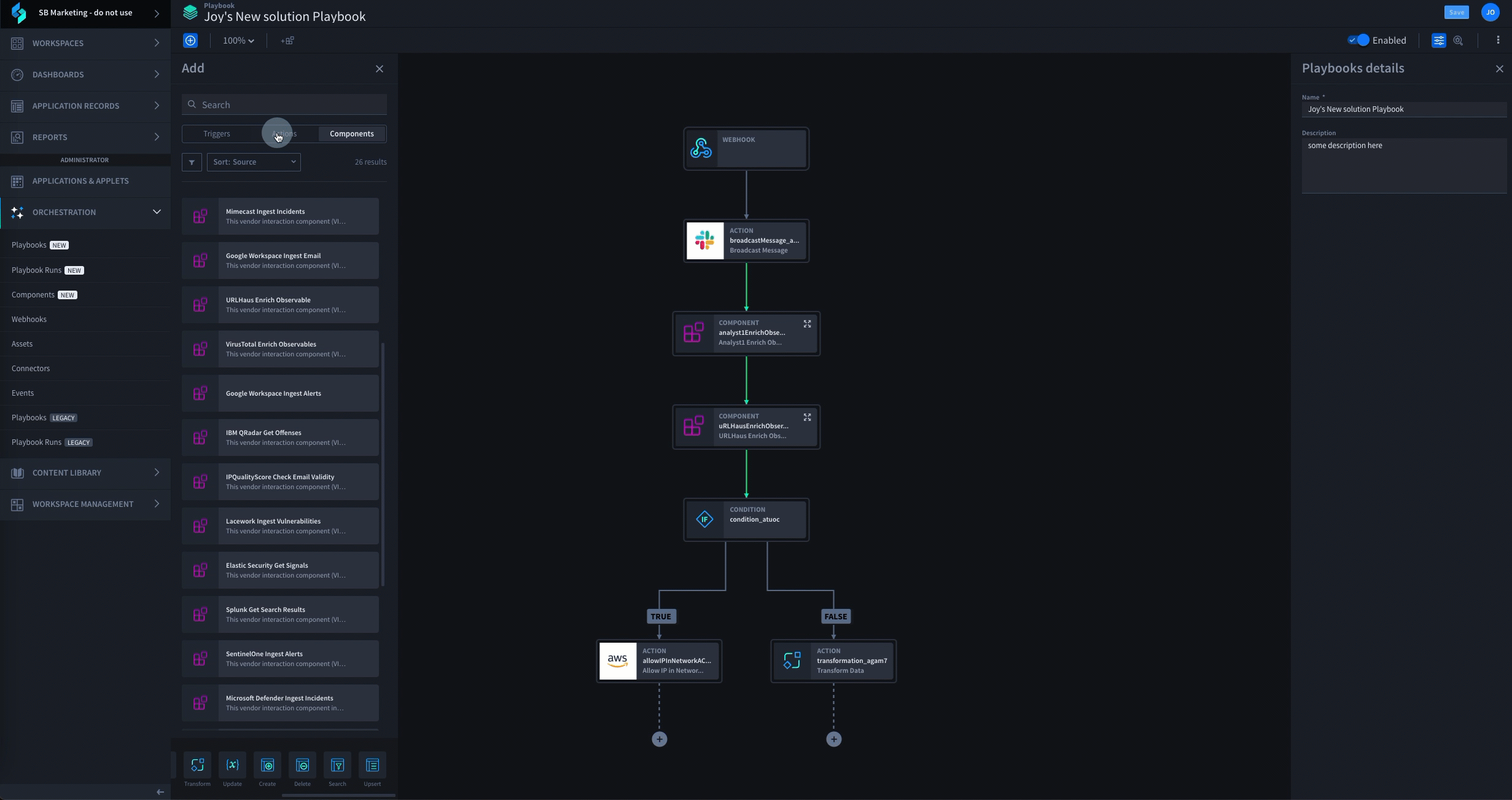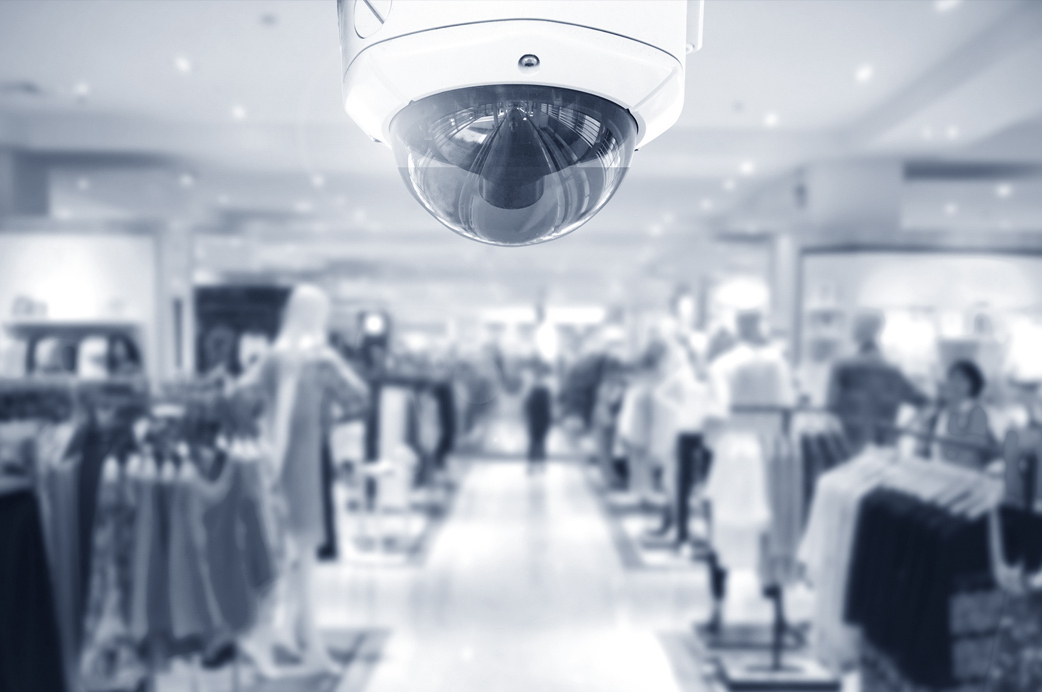Between Black Friday and Cyber Monday, the next seven days are bound to be the biggest days of the year for businesses in the retail industry. On one hand, the volume of shoppers translates into sales revenue, but on the other, it means increased vulnerability. Physical security threats like robbery, retail theft, or the use of counterfeit money are all forms of vulnerability that retailers face on a regular basis.
Customer service employees at retail stores are far from being trained security professionals, but with the right tools, processes, and automation in place, they can play a critical role in reporting, investigating, and responding to an incident. In fact, a large retail customer using Swimlane had great success automating their retail incident response process using low-code security automation. Check out this demo video based on their use case.
Customer Use Case Spotlight
Retailers can harness the power of employees with low-code security automation
Low-code security automation offers organizations the opportunity to harness the power of every employee to create a more secure business. In a situation like retail theft, automation enables a clerk to submit an incident report directly from a point-of-sale (POS) device that has access to the corporate intranet. With a simple form-fill, retail employees can provide their corporate security teams with information like the store number, date and time of the incident, and the type of incident that occurred.
The incident report form is entirely customizable and will prompt employees to provide information that will help speed analysis or police investigations. For example, retailers can identify if and when an radio frequency (RF) Tag Door sensor was triggered, or which cameras may have caught the suspect at specific times. Once this form is submitted, a record is automatically created in Swimlane.
Speed Retail Incident Response
Once Swimlane receives the incident report, the platform will begin enriching the data through subsequent automation workflows. Depending on the nature of the incident, the platform may run queries that include looking up the cost of stolen items in other systems, or perform look-ups of license plates detailed in the incident report. Analysts can then receive all enriched incident reports directly in Swimlane. This makes it easy to see key event details such as the time, place, incident details, and any financial impact of the event.
In as little as one click, analysts are able to trigger response actions like notifying corporate management if a violent incident occurred. Similar actions can be automated like populating forms for retail loss insurance or for local law enforcement agencies.
Retail Security System of Record
Accelerating the time to respond to a single retail security incident is important, but getting a grip on the impact of security threats across all retail locations (physical and online) is what security professionals in the retail industry need more than ever. Swimlane’s low-code automation platform can serve as a system of record for all security events. With a quick glance at the market summary dashboard, security leaders can see a summary of all incidents occurring across the company. Other details like the percentage of violent-versus-nonviolent crimes, the types of incidents, and the financial value of lost merchandise are all automatically reported on. For geographically diverse retailers, heat maps can be used to show how incidents vary across different regions.
With a quick glance at the market summary dashboard, security leaders can see a summary of all incidents occurring across the company. Other details like the percentage of violent-versus-nonviolent crimes, the types of incidents, and the financial value of lost merchandise are all automatically reported on. For geographically diverse retailers, heat maps can be used to show how incidents vary across different regions.
From merchandise theft to counterfeit money, to loitering and ransomware, retailers face multiple physical and cybersecurity threats on a daily basis. With the threat surface continuously expanding at a faster pace than security talent is maturing, retail organizations are turning to low-code security automation to keep pace.
To learn more about how Swimlane can automate your retail security workflows, contact Swimlane or schedule a demo today!

See Swimlane Turbine Demo
Schedule a Swimlane Turbine live demonstration with our experts! Learn how our AI-enabled security automation platform can help you solve the most challenging problems across your entire security organization.


